Sir Hovenden Walker's Expedition. 1711 1711?
15.3 x 10.5 x 0.8 cm (book measurement (conservation)) | RCIN 1047088

Sir Hovenden Walker's Expedition. 1711 1711?

Sir Hovenden Walker's Expedition. 1711 1711?
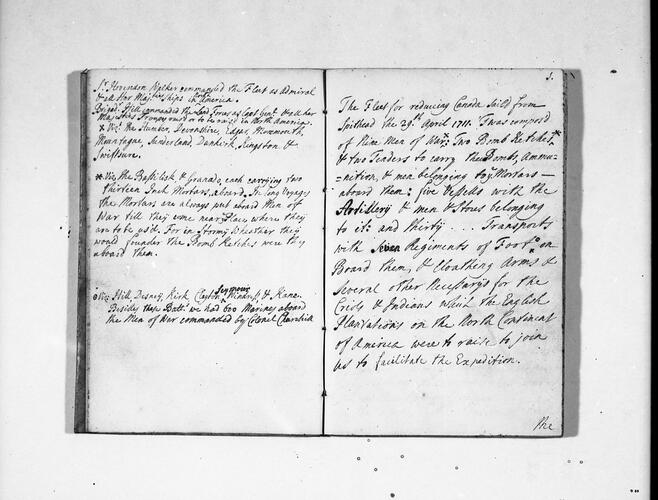
Sir Hovenden Walker's Expedition. 1711 1711?

Sir Hovenden Walker's Expedition. 1711 1711?
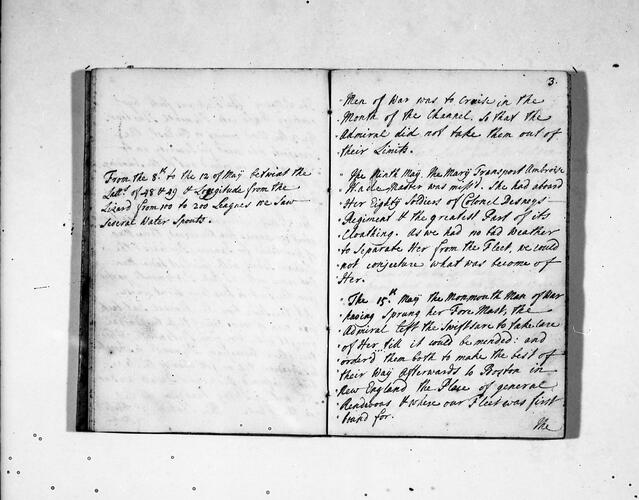
Sir Hovenden Walker's Expedition. 1711 1711?

Sir Hovenden Walker's Expedition. 1711 1711?
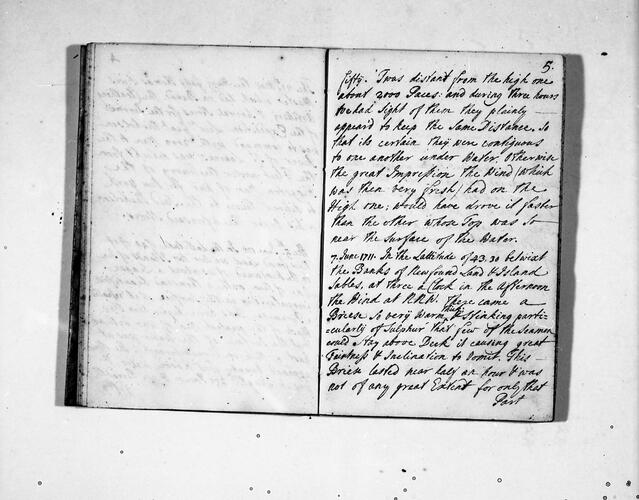
Sir Hovenden Walker's Expedition. 1711 1711?

Sir Hovenden Walker's Expedition. 1711 1711?
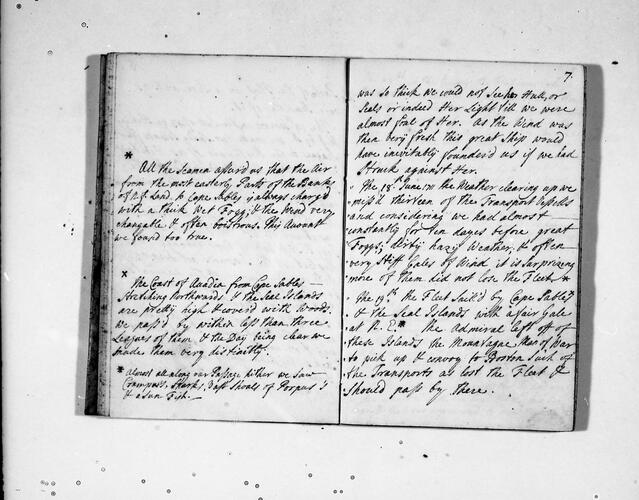
Sir Hovenden Walker's Expedition. 1711 1711?
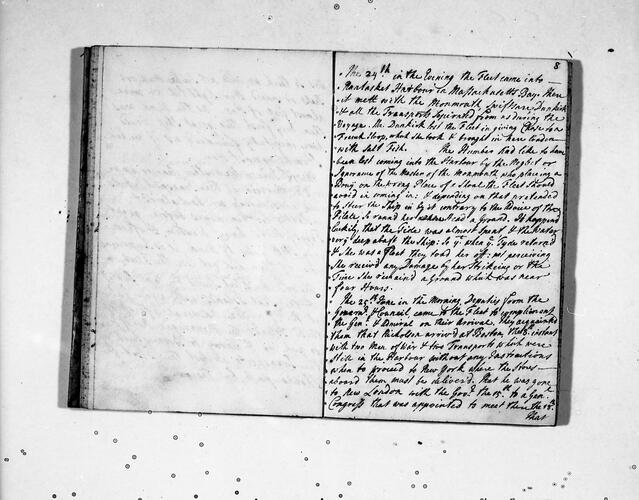
Sir Hovenden Walker's Expedition. 1711 1711?
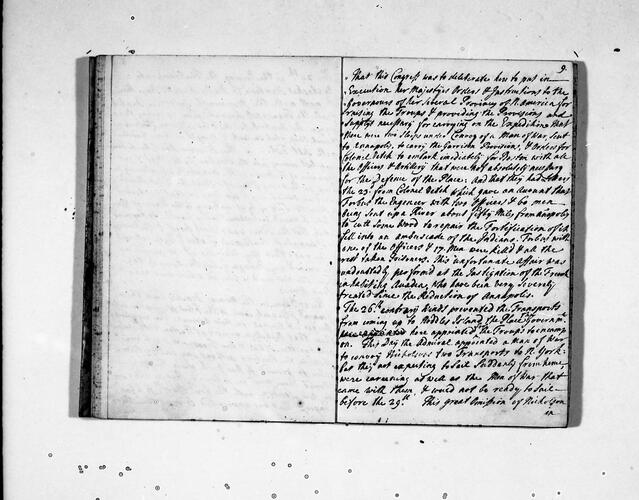
Sir Hovenden Walker's Expedition. 1711 1711?
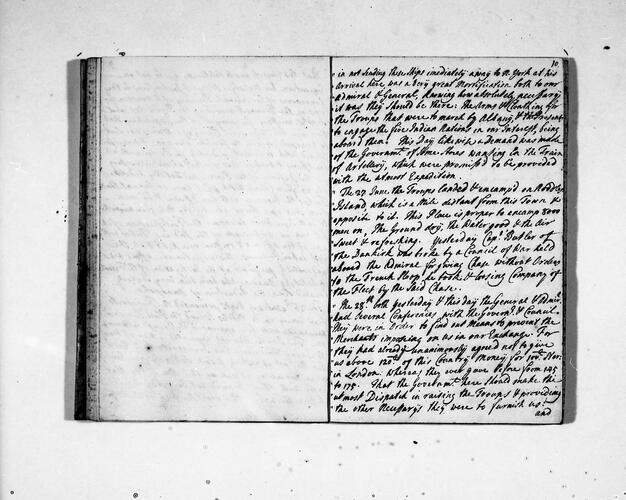
Sir Hovenden Walker's Expedition. 1711 1711?

Sir Hovenden Walker's Expedition. 1711 1711?
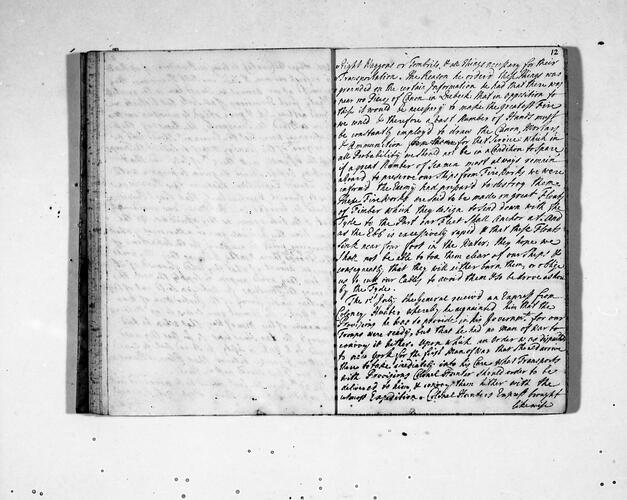
Sir Hovenden Walker's Expedition. 1711 1711?
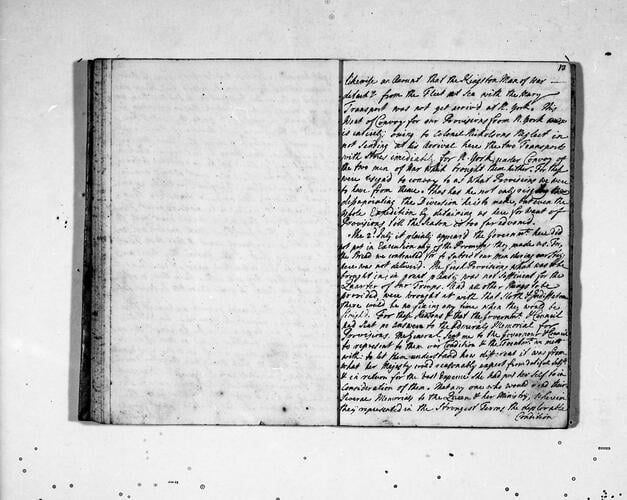
Sir Hovenden Walker's Expedition. 1711 1711?

Sir Hovenden Walker's Expedition. 1711 1711?
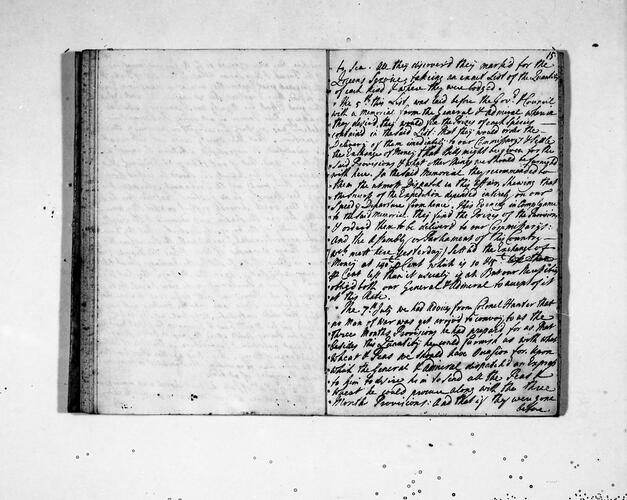
Sir Hovenden Walker's Expedition. 1711 1711?

Sir Hovenden Walker's Expedition. 1711 1711?
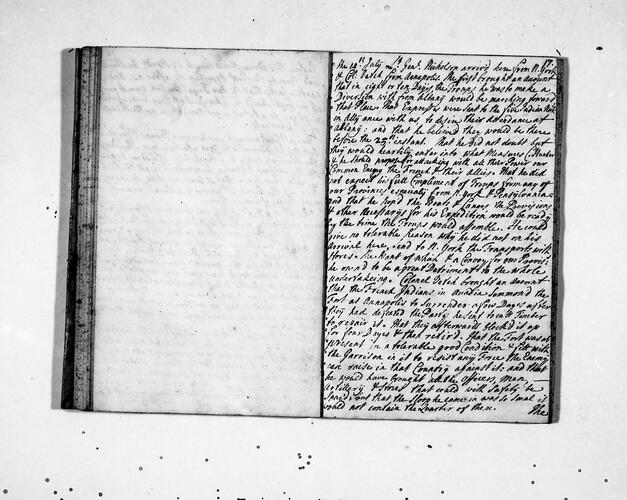
Sir Hovenden Walker's Expedition. 1711 1711?
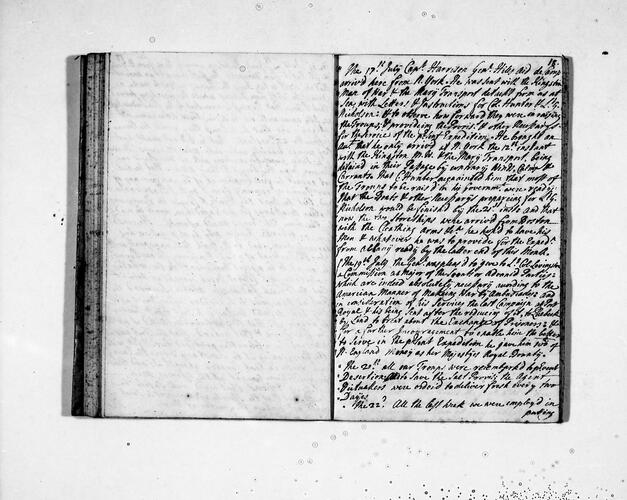
Sir Hovenden Walker's Expedition. 1711 1711?

Sir Hovenden Walker's Expedition. 1711 1711?
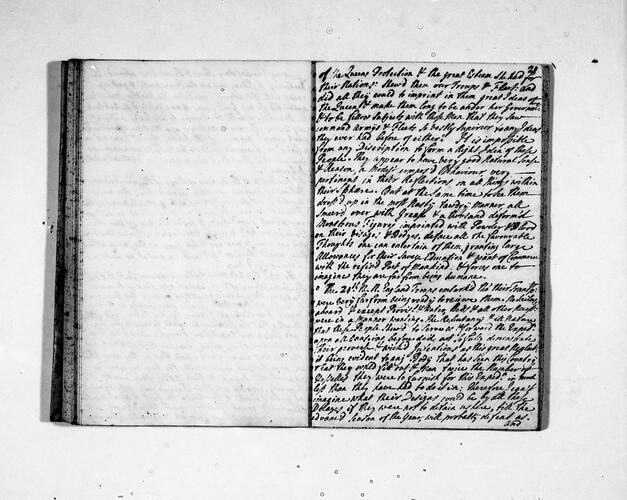
Sir Hovenden Walker's Expedition. 1711 1711?






















-
This diary describes the failed expedition to capture Quebec in 1711 led by Sir Hovenden Walker. It appears to have been written by one of the officers serving with the accompanying land forces led by Brigadier-General John Hill.
Occurring during the War of the Spanish Succession (known as Queen Anne’s War in North America), the expedition was planned in secret. A fleet of nine men o’ war was to sail from England, accompanied by two bomb ketches and 35 transports to Boston, where they would be resupplied and met by pilots who would help the ships navigate the St Lawrence River. It was hoped that by gaining the support of Indigenous groups such as the Iroquois (Haudenosaunee), English forces could easily capture the French stronghold.
The diary describes the events of the expedition in detail. Sailing from Spithead in April 1711, bad weather in the Atlantic quickly divided the fleet, which managed to rendezvous at Nantucket on 24 June before sailing into Boston harbour. The harbour authorities were unprepared for the arrival and had to quickly gather some supplies for the ships and experienced pilots were unavailable to assist the fleet in its journey to Quebec.
On meeting three Iroquois representatives on 23 July, Walker was warned of voyaging to Canada so late in the season. However, a week later, with assurances of Iroquois assistance and his ships supplied with three months’ worth of provisions, the admiral set sail. Bad weather along the coast of Acadia (now Nova Scotia) soon hampered the fleet’s progress and on the evening of 23 August while anchored in a rocky strait off Anticosti Island, a storm caused eight ships to run aground with almost 900 casualties. It remains one of the worst maritime disasters in British naval history.
Walker and his captains quickly abandoned any hope of capturing Quebec and following several days negotiating the feasibility of an assault on Placentia in Newfoundland, decided to return to England.Provenance
Bears the bookplate of the Royal Library used during the reign of King George VI (r. 1936-52).
-
Measurements
15.3 x 10.5 x 0.8 cm (book measurement (conservation))
15.5 x 1.0 cm (book measurement (inventory))
Category







